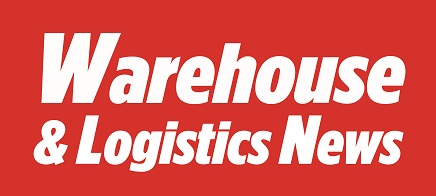Modern warehouses must efficiently fulfil orders, reduce delivery times, and satisfy customer demands. Optimising automated processes involves strategies to ensure efficiency, accuracy, and flexibility. The first step is understanding and mapping current processes and analysing workflow data. This provides insights into operations and enables informed decision-making. Keeping abreast of advancements in automation technology allows for continuous upgrades that enhance performance and efficiency.

Technology in the warehouse
Technological advances have led to the widespread use of automated guided vehicles (AGVs), autonomous robots, and drones. Automated storage and retrieval systems (AS/RS), mobile tools, and sensors have significantly improved supply chain operations. Wireless technologies and the Internet of Things (IoT) revolutionise internal communications, providing rapid system monitoring and control. Smart devices facilitate real-time tracking, reporting, and quality control.
The benefits of warehouse automation
1. Increased Efficiency and Productivity
•Automated systems perform repetitive tasks faster than humans.
•Technologies like conveyors, sortation systems, and robotic picking expedite item movement.
•Warehouses can operate continuously without breaks, increasing throughput without additional labour costs.
2. Improved Accuracy and Reduced Errors
•Barcode scanners and RFID readers ensure accurate tracking and management.
•Automation reduces human error in picking, packing, and sorting.
•Consistent machine performance reduces inventory discrepancies and order errors.
3. Better use of space
•AS/RS and other automation solutions optimise vertical space utilisation.
•Higher-density storage and improved organisation reduce aisle space requirements.
4. Scalability and flexibility
•Modern automation technologies can be reprogrammed for different products and workflows.
•Systems can be scaled based on demand without extensive reconfiguration, adapting to business needs.
5. Safer work environment
•Automation minimises manual lifting and carrying, reducing workplace injuries.
•Machines handle hazardous tasks, enhancing safety in extreme conditions or with harmful materials.
Optimising warehouse operations
Before upgrading processes or technology, review your current situation:
•Are areas for each operation clearly defined?
•Are shelving solutions suitable for your stock?
•Does the process flow work well, with fast-selling items easily accessible?
•Are aisles and work areas marked with proper signage?
Optimising the warehouse layout minimises travel time and maximises productivity. Integration of technology and human interaction is crucial, with reliable real-time data as the foundation. Collect and analyse data on process performance and quality, comparing with targets to identify necessary improvements.
Starting optimisation
Begin with high-volume repetitive processes that consume time that could be better spent on valuable activities. AGVs can replace forklifts in small distribution centres. Cloud-based software solutions enhance productivity with real-time access to user-friendly systems. Drone-carrying scanners improve stock control speed and accuracy by navigating shelves and conducting automatic stock counts. Affordable devices like mobile phones, wearables, sensors, and RFID tags are already used, reducing human error and enhancing order fulfilment visibility through IoT communication.
Tips for choosing warehouse automation solutions.
1. Benchmark Operations
•Compare against industry standards to identify improvement opportunities.
2. Market Research
•Find technologies aligning with your objectives through extensive research.
3. Review Feedback
•Study reviews from businesses and competitors who have implemented similar technologies.
4. Consult External Experts
•Get an unbiased review of current automation systems and processes.
5. Run Tests
•Evaluate performance before finalising any purchase or lease.
6. Maintenance Schedule
•Establish preventive maintenance for optimal automated equipment condition.
As experts in warehouse layout and process design, The Supply Chain Consulting Group is well-placed to help figure out the best solution for you. Choosing the right warehouse management system and other technology tools is essential. As well as suggesting technology solutions and layout improvements, we can recommend changes to shift patterns, working methods, system processes, written procedures, floor markings, and signage. Give us a call at (+44) 01926 430 883 or email us at info@sccgltd.com




Comments are closed.